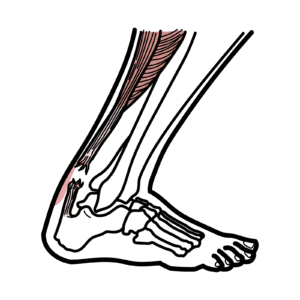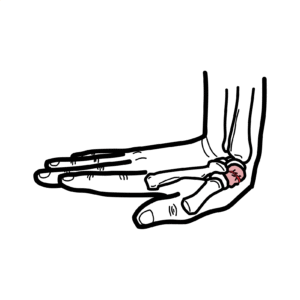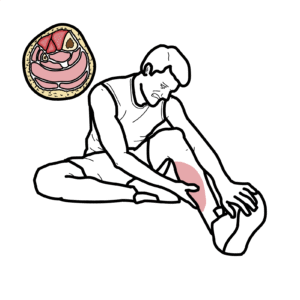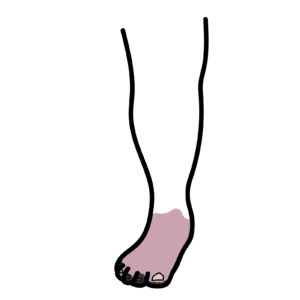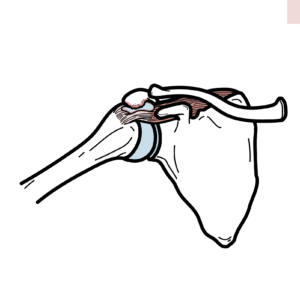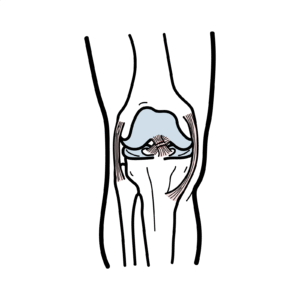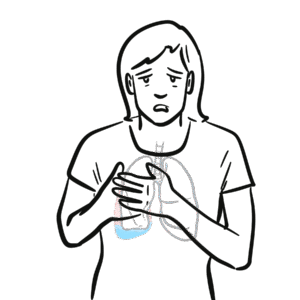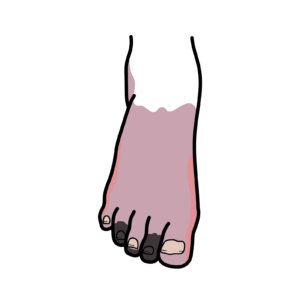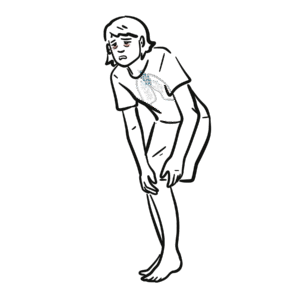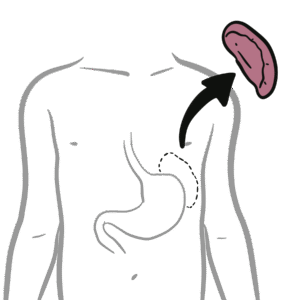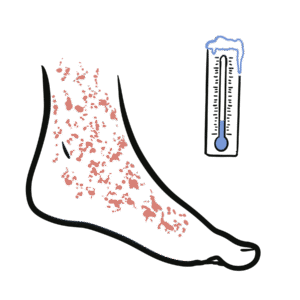Ankle joint anatomy and mechanics – Clinical anatomy
Discover how the ankle joint (talocrural joint) works and why it’s essential for movement, stability, and injury prevention. In this concise, engaging video you’ll learn the anatomy of the ankle—tibia, fibula, and talus—how the mortise-and-talus “hinge” enables dorsiflexion and plantar flexion, and why the talus’s unique shape matters. Key ligaments are explained clearly: the tibiofibular syndesmosis (anterior, interosseous, posterior), the strong medial deltoid complex that resists eversion, and the lateral ligaments (including the anterior talofibular and calcaneofibular) that commonly tear in inversion sprains. You’ll see which muscles produce movement—tibialis anterior and the anterior compartment for dorsiflexion, gastrocnemius, soleus and posterior tibialis for plantar flexion—and how the Achilles tendon integrates into function. The role of nearby joints (like the subtalar joint) in inversion/eversion, plus the nerve supply (deep and superficial peroneal branches and the tibial nerve) and arterial supply (malleolar branches, dorsalis pedis, posterior tibial) are covered to connect structure with clinical signs. Practical clinical insights include common ankle sprains, bi- and tri-malleolar (Pott’s) fractures from forced eversion, and foot drop from common peroneal nerve injury—what causes them and how they affect gait. Ideal for medical students, clinicians, physiotherapists, and active individuals, this video makes ankle anatomy and clinical relevance accessible and actionable. Watch to strengthen your understanding of ankle mechanics and injury patterns—and learn what matters for diagnosis, prevention, and rehabilitation.




